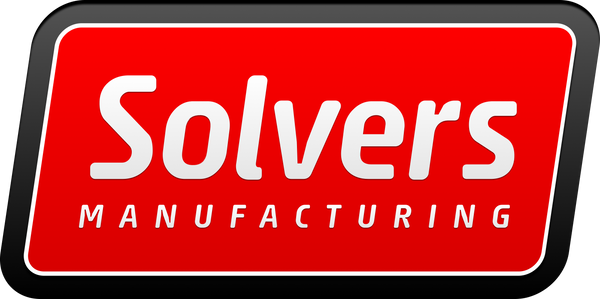Process
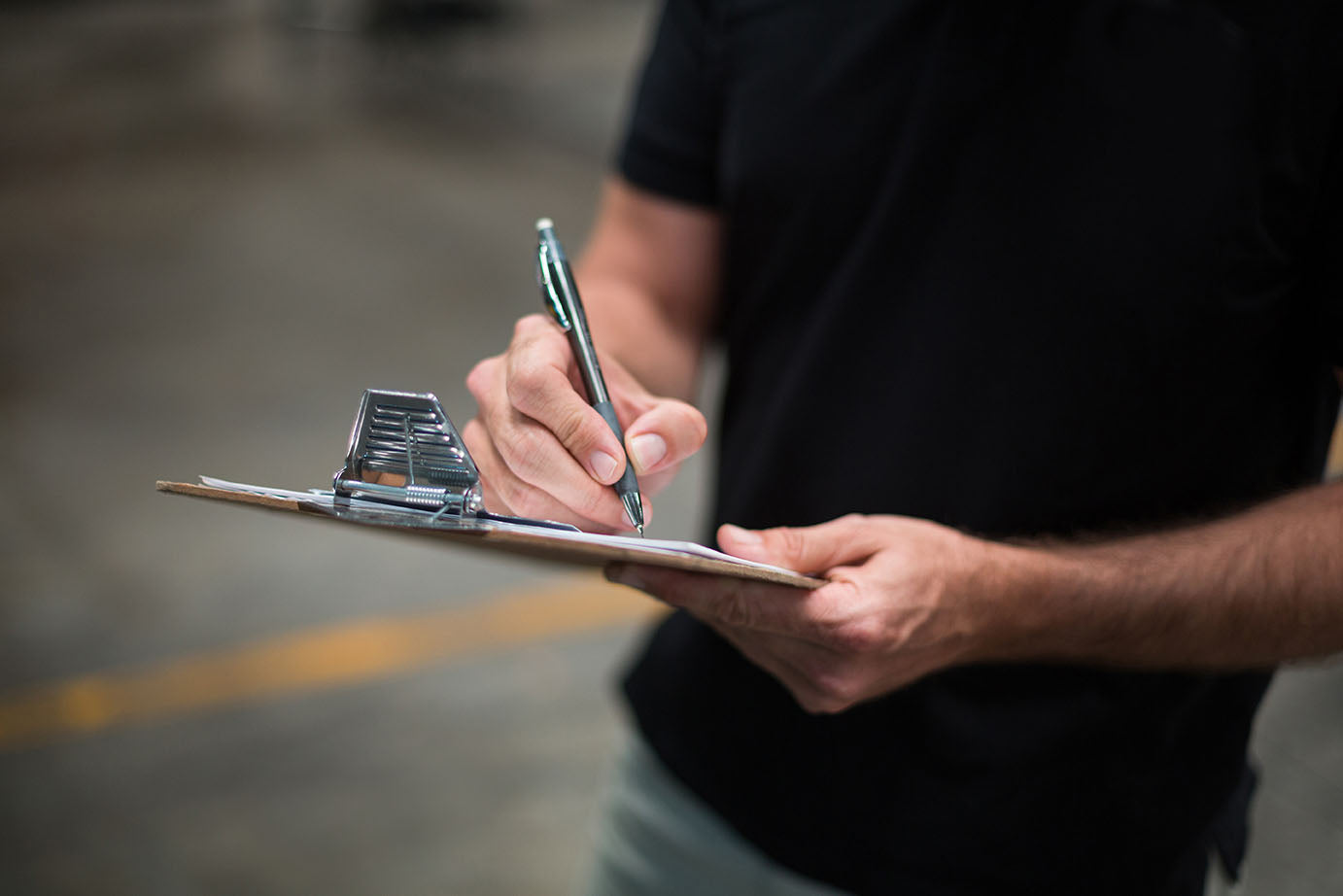
Where we begin
Manufacturing products is complex. Capturing and following important design details is crucial. This requires a plan and deliverables all stakeholders can reference. We all need to know what product we're building. Our process ensures everyone's project rights are clear and followed. It protects all stakeholders so success is achievable!
Project Management
-

Driver
What is driving the development of your product? This may be a deadline, it may be features, it may be a budget, it may be quality, etc. While these are all considerations, one is steering your product.
-
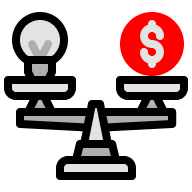
Constraints
What must your product adhere to? Constraints may be environmental, life-expectancy, mechanical properties, regulations, measurements, color palette, etc. They are the inflexibles that must be followed.
-
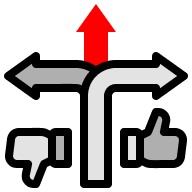
Floats
What are the aspects of your product that can be altered? Floats may be material selection, tolerances, finishing, parts that may be redesigned for manufacturability, etc. Floats are the flexible areas of your product's design.
-
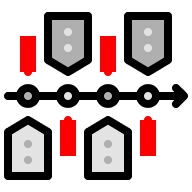
Time-Line
What is the ideal timeline for the delivery of your product? We need to understand the time-line upfront so we can set targets and determine if we can hit them. When milestones are set we want to leave them in place.
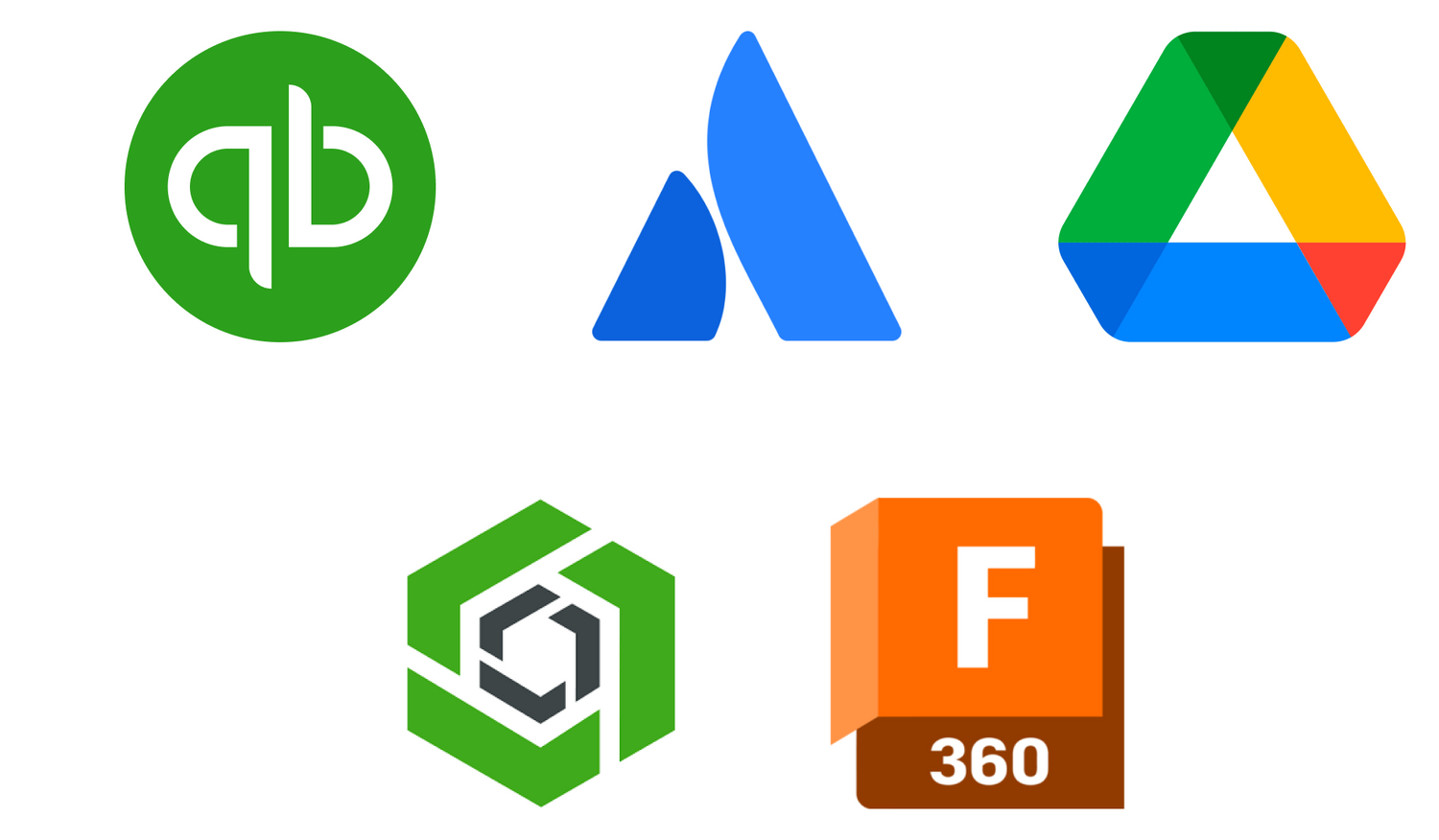
Modern Digital Toolchain
Employing modern, integrated software empowers our business, affiliates, and customers. That power comes from the ability to make informed decisions quickly. Quickbooks, Atlassian, Google, OnShape, and Fusion 360 are all employed to streamline operations and communication.
Stakeholder Preparation
-

Aligning Expectations
Product development requires planning. This involves discussing stakeholders and responsibilities, near and long-term goals, market trends, budgets, forecasts (volume over time), and a host of other alignment factors.
-

Navigating Difficulties
Difficulties arise in every project. How we navigate these impacts the project health. We practice identifying risks and agreeing upon the appropriate tactics to handle them upfront. We plan for success.
-
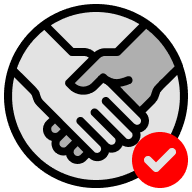
Formalizing Rights
Our clients have rights: To set objectives and have them followed, to know how long the project will take and what it will cost, to make reasonable changes to requirements, to know the project status clearly, etc.
-
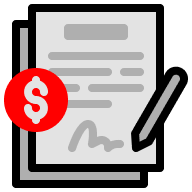
Contract Signing
Once project stakeholders understand the product and project plan we formalize the relationship with a contract or purchase order. This signifies working together makes sense and that an initial payment for materials is expected.
Process
1. Discovery
Discovery is where most projects begin. The outcome of this step is to approximate the scope of the project. Areas of discussion include timeframes, budget, material selection, measurements, environment, fit/finish, permits, installation, regulations, etc.
2. Design/Drafting/Drawing
Design is necessary for most projects. It includes drawing/drafting a 3D model to represents the final deliverable. The 3D model is shared and refined with the customer. It provides us with the information required for engineering, estimation, procurement, fixturing, and fabrication.
3. Estimation
Estimation involves itemizing the required resources to fabricate the final product(s). Design changes may be requested during estimation to reduce cost. Estimates may be accepted or rejected. When an estimate is accepted an invoice is generated for all the project materials.
4. Procurement
Procurement is the process of ordering materials and sub-assemblies from suppliers. Supply chain constraints impact the procurement process. Project completion dates may adjust depending on lead times for the project materials.
5. Fixturing
Fixturing is the design and fabrication of tools and/or holders for project materials. Fixtures are aids for consistent angles, holes, curves, alignment, etc. It may be unnecessary to create fixtures for some projects.
6. Fabrication
Fabrication is the measuring, bending, cutting, grinding, drilling, machining, turning, fixturing, welding, counter-sinking, wire-brushing, and deburring of the product parts or final product. An order of operations is determined to ensure every step in the fabrication process is done accurately and efficiently.
7. Finishing
Finishing is an optional, final step for many projects. Metals that do not rust may be finished with some light grinding, sanding, and/or polishing. Steel or aluminum may receive some finish grinding in preparation for powder coating and/or painting. Every powder coated product is baked to first degass the metal then completely sandblasted. A color selection is required. Primer and clear coating are optional, but encouraged when durability is a key factor such as with outdoor applications.
